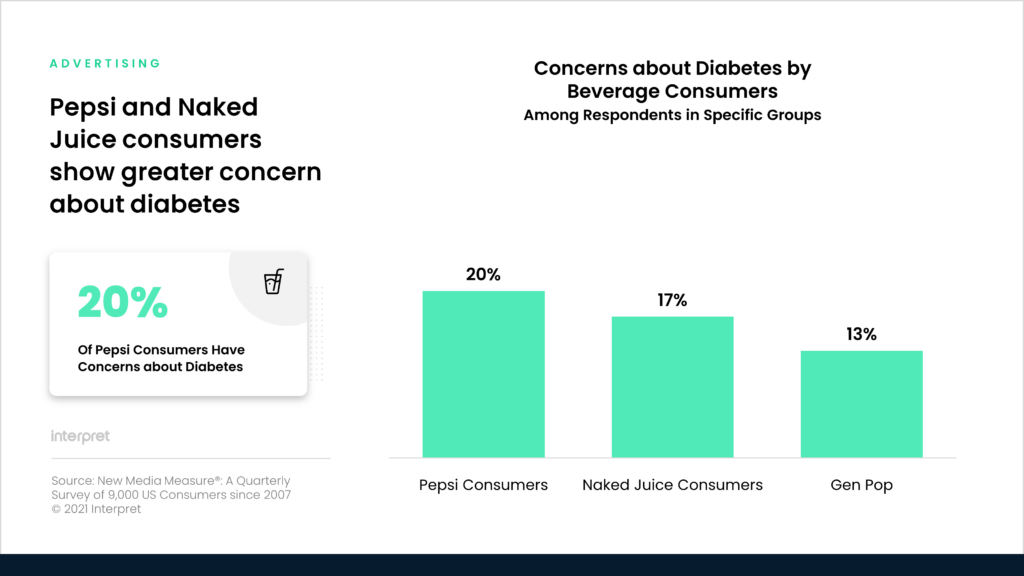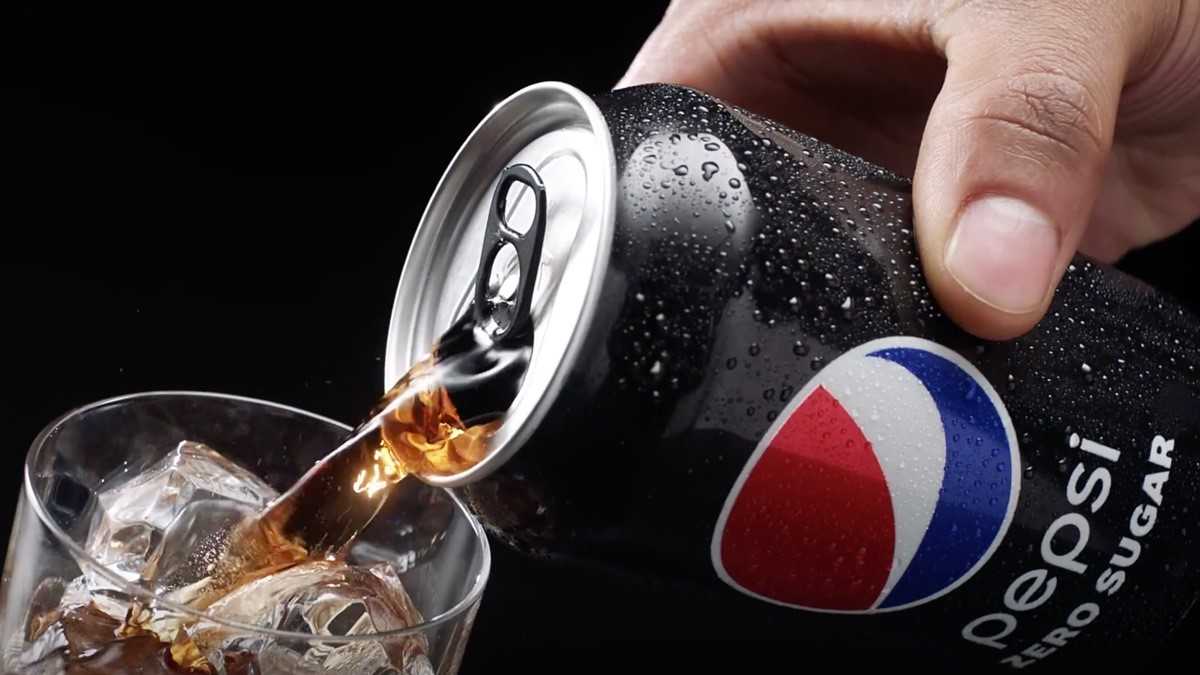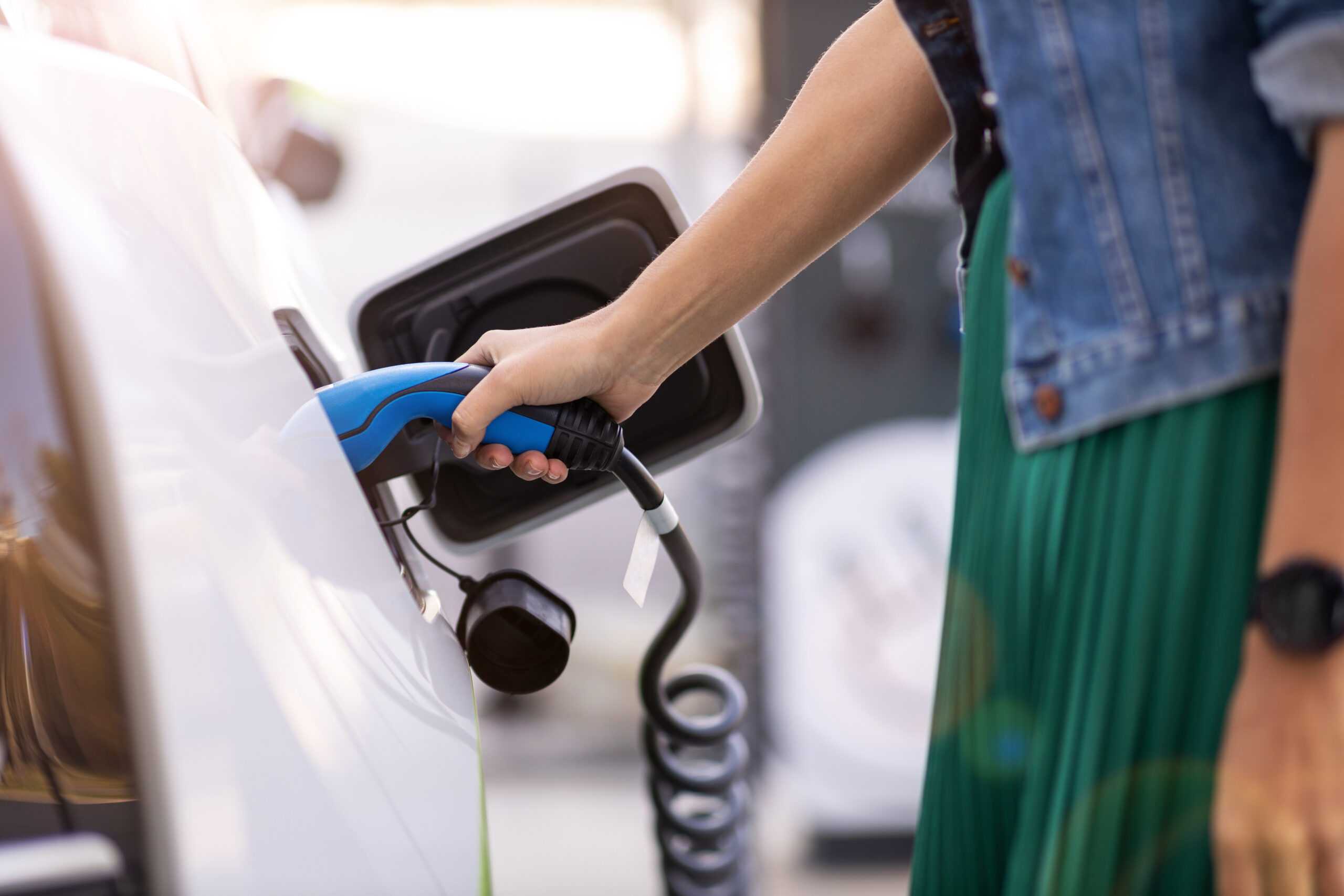Corporate pushback against sugar has been happening for years. Consumers are finally becoming more sugar-conscious, as the diabetes epidemic in America has been out of control, with increasing prevalence in the US population of prediabetes (34.5%) and full diabetes (10.5%), according to the CDC’s 2020 data. During the pandemic, many have taken the opportunity to focus more on health and exercise, and beverage companies are shifting strategies as a result.
Coca-Cola, for example, recently launched a new version of its Coca-Cola Zero Sugar, while Pepsi ramped up its marketing push for Pepsi Zero Sugar with over 70 ads earlier this year. Both companies have been gunning for a larger share of the sparkling water market as well, as Coke increased its marketing for its Aha sparkling water brand this year, while Pepsi’s Bubly has benefitted from ads with singer Michael Bublé.
PepsiCo has taken the additional step of divesting itself of its majority stake in Tropicana, Naked Juice, and other juice brands, citing the fact – somewhat ironically from a soda company – that most juice brands have high sugar content. As part of a deal with private equity firm PAI Partners, PepsiCo will receive pre-tax cash proceeds of $3.3 billion while retaining a 39% stake in a newly formed joint venture with PAI.
While PepsiCo will no longer own a majority of these juice brands, it will keep exclusive US distribution rights. PepsiCo CEO Ramon Laguarta noted that the deal enables his company “to concentrate on our current portfolio of diverse offerings, including growing our portfolio of healthier snacks, zero-calorie beverages and products like SodaStream.” Part of the strategy also includes more investment into plant-based foods.
According to Interpret’s New Media Measure®, PepsiCo’s decision to focus on drinks with less or zero sugar makes sense, as many of its customers are already more concerned about diabetes than the general US population. One-fifth of Pepsi consumers are worried about diabetes (along with 17% of Naked Juice consumers), which is notably higher than the general population at 13%.







